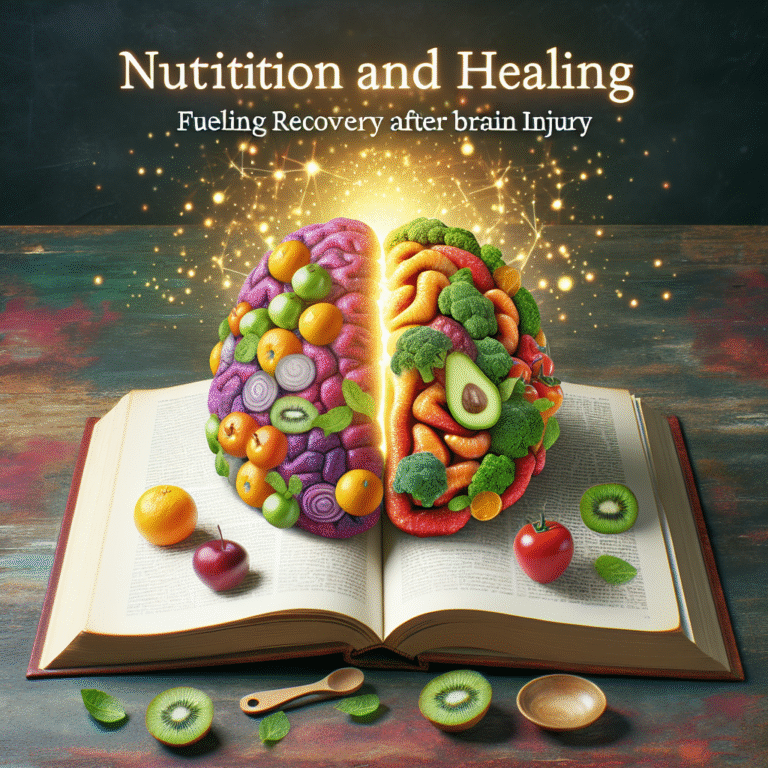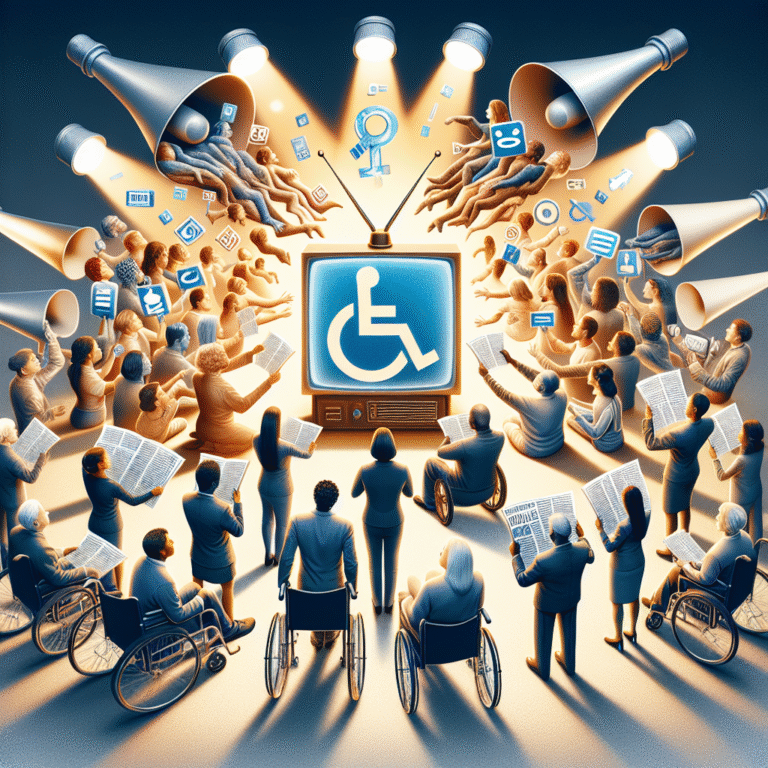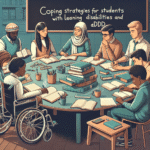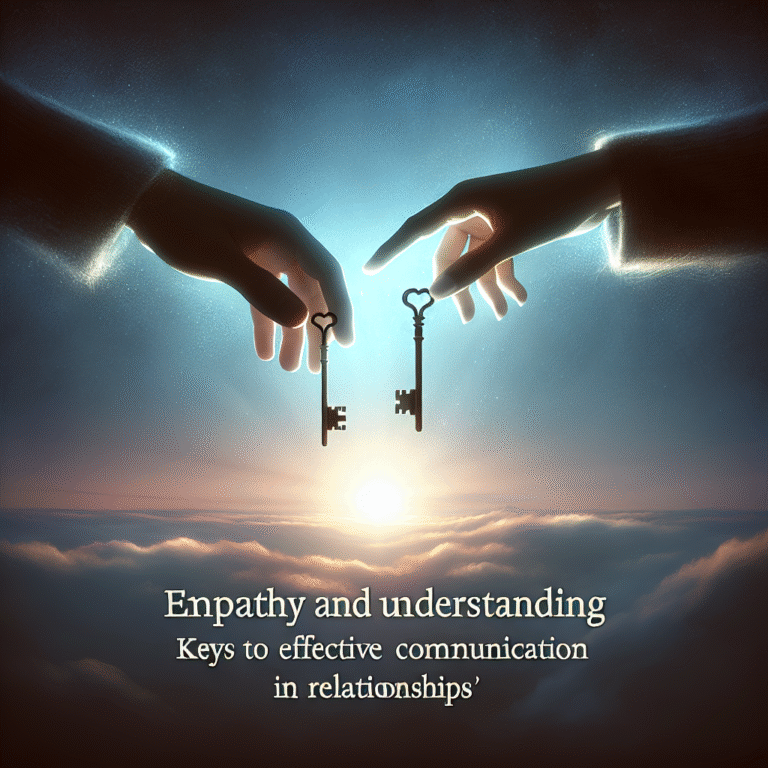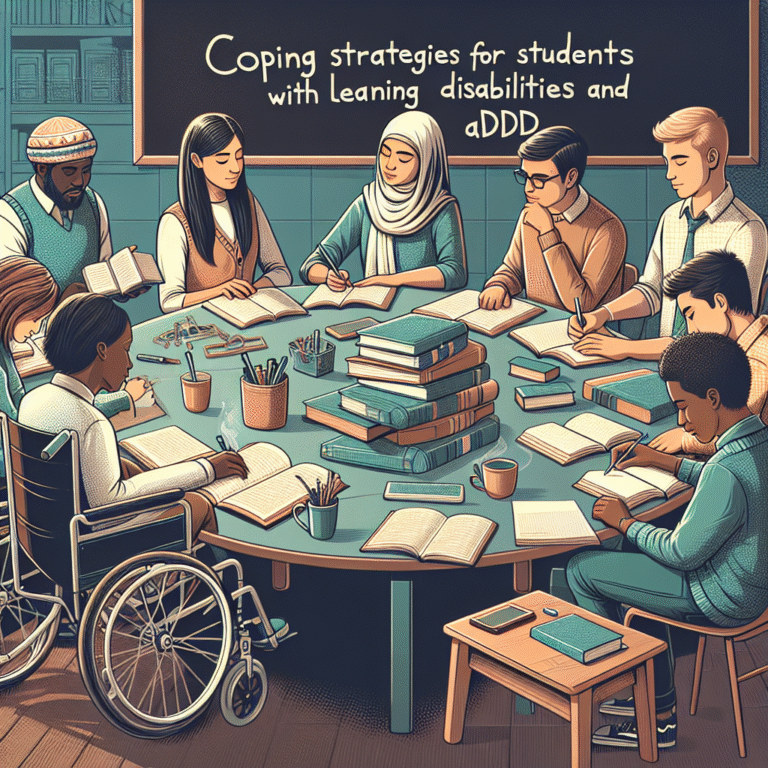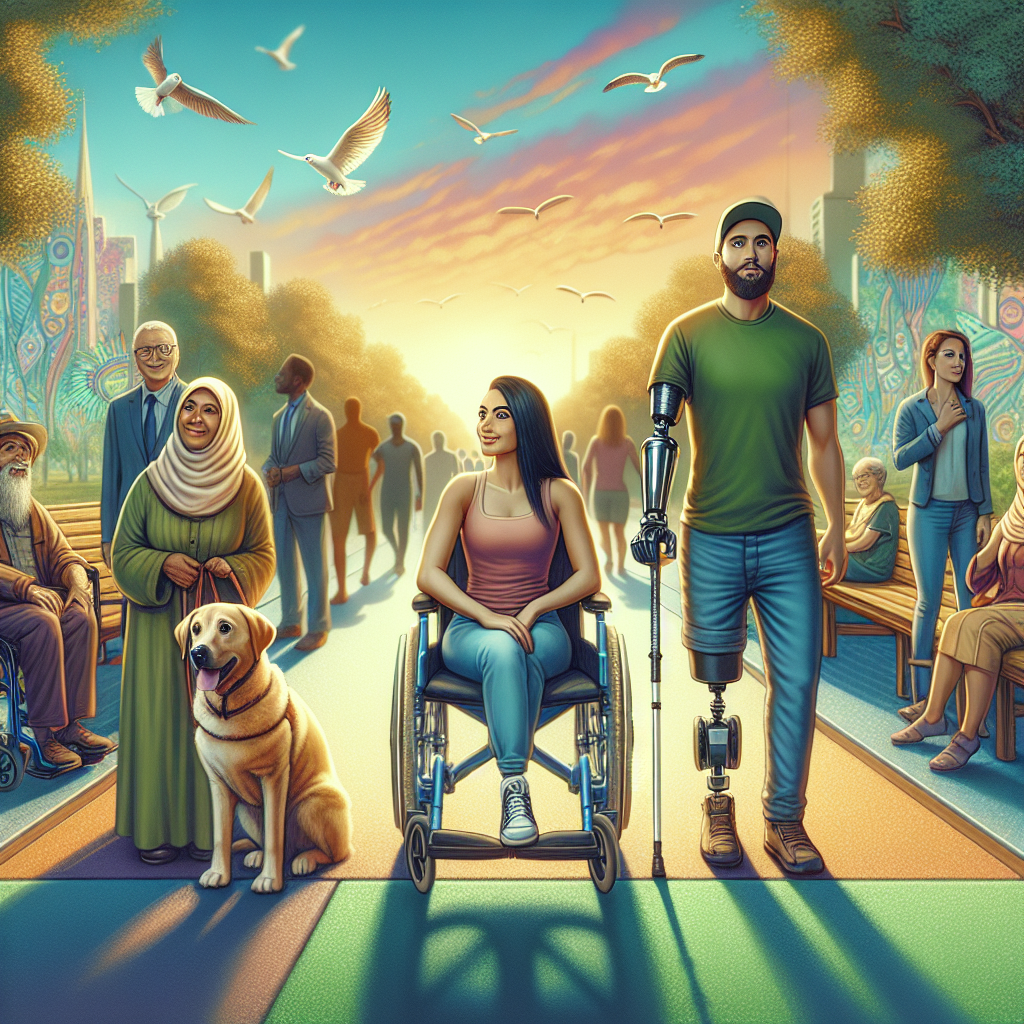
Introduction
In a world that often emphasizes the importance of the “norm,” navigating life with disabilities can present unique challenges that many are unaware of. However, it is imperative to shift the narrative from hardship to resilience. Navigating Life with Disabilities: Personal Stories That Inspire Change not only sheds light on the lives of individuals with disabilities but also highlights their profound capacity for growth, innovation, and empowerment.
Personal stories are powerful; they connect us, educate us, and propel us toward change. Whether it’s overcoming barriers in education, employment, or everyday activities, these narratives showcase how determination and a supportive community can foster triumph.
Let’s explore inspiring life stories, impactful case studies, and practical insights that can guide and uplift not only those living with disabilities but also their families, friends, educators, and employers.
The Journey Begins: Realizing the Challenge
Understanding Disabilities
Disabilities encompass a wide range of conditions that affect an individual’s daily functioning. From physical and sensory impairments to neurological and psychological challenges, every disability carries its unique set of hurdles. Understanding the nuances of these challenges is essential for fostering empathy and support.
Key Statistics
| Type of Disability | Percentage of Population (US) |
|---|---|
| Mobility Impairments | 13.7% |
| Sensory Disabilities | 7.6% |
| Cognitive Disabilities | 6.5% |
| Psychological Disorders | 17.3% |
| Multiple Disabilities | 3.4% |
Understanding these statistics can help us appreciate the diverse experiences of those navigating life with disabilities.
Case Study: The Early Years
Emily’s Journey with Cerebral Palsy
Emily, a vibrant young woman diagnosed with cerebral palsy at birth, faced significant physical obstacles. Her parents initially found it challenging to find inclusive schools. However, they persevered, opting for a school that celebrated diversity.
Analysis
Emily’s story exemplifies the importance of advocacy in education. Schools that foster an inclusive environment can make all the difference in a child’s life. Her progressive experiences set the stage for understanding how supportive systems can create opportunities for growth and independence.
Breaking Barriers: Education and Personal Development
Navigating Education
Education is a critical arena where many face barriers. Inclusive policies can create pathways, altering the course of countless lives. Yet, many still encounter institutional limitations.
Accessible Learning Environments
Ensuring that educational materials are accessible can empower students with disabilities. Technologies like screen readers and adaptable formats have become essential tools in creating inclusive classrooms.
Case Study: James’ Transition to College
James, who has dyslexia, struggled throughout his primary education. However, he found solace and support in a resource-filled high school that tailored learning strategies to his needs. Upon entering college, he harnessed technology, using apps that catered to his learning style.
Analysis
James’ journey highlights the role of adaptive learning technologies and supportive educational frameworks. His transition shows that with the right resources, students with disabilities can flourish academically.
Employment: A New Frontier
The Workforce Challenge
Entering the workforce can pose significant challenges for individuals with disabilities due to societal stigma and workplace barriers. The focus needs to shift from limitations to capabilities.
Employer Responsibilities
Employers must foster an inclusive workplace culture that values diversity. Training programs aimed at raising awareness about disabilities can lead to more inclusive hiring practices.
Case Study: Sarah’s Career in Tech
Sarah, who has a visual impairment, faced skepticism when applying for tech roles. However, she secured a position with a progressive company that valued her skills over her limitations. Innovative technologies allowed her to excel in her role, leading her team to success.
Analysis
Sarah’s experiences underline how inclusive cultures can lead to extraordinary outcomes. Her success story serves as a blueprint for other companies aiming to create diverse employment opportunities.
Community and Social Support
The Power of Networks
While personal stories of resilience are vital, the role of community cannot be underestimated. Networks of support provide emotional and practical assistance.
Peer Support Groups
These groups foster connections among individuals facing similar challenges, providing a platform for shared experiences and solutions. They can be pivotal in improving mental health and emotional well-being.
Case Study: Mark’s Support Network
Mark, a veteran adjusting to life with PTSD, found comfort in a local support group. Through shared experiences, he gained valuable insights about coping mechanisms and community resources, which had a profound impact on his recovery.
Analysis
Mark’s narrative demonstrates the significance of community. Support networks can provide essential tools, reducing the sense of isolation often felt by those navigating life with disabilities.
Overcoming Stigma: Changing the Narrative
The Role of Media
Media representation can shape public perceptions of disabilities. Authentic representation can combat stereotypes and foster understanding.
Changing Perspectives
Initiatives that focus on showcasing abilities rather than disabilities can help shift societal views. Stories told through various media can be catalysts for awareness and change.
Case Study: The "Wheels of Change" Campaign
This campaign featured individuals with disabilities sharing their achievements, thereby challenging preconceived notions. Public response was overwhelmingly positive, opening doors to discussions around accessibility and inclusion.
Analysis
The campaign showcases how media can be used strategically to impact societal attitudes. It reinforces the idea that each story contributes to broader changes in perception and policy.
Actionable Insights: What Can You Do?
Advocacy and Support
Everyone has a role to play in promoting inclusivity. Here are actionable steps you can take:
-
Educate Yourself: Learn about the various types of disabilities and the challenges faced by individuals.
-
Support Local Initiatives: Engage with community programs that promote inclusivity and awareness.
-
Challenge Stereotypes: Speak out against stigma and educate others on the importance of understanding disabilities.
-
Invest in Accessibility: Advocate for or support businesses that prioritize accessibility in their services and products.
- Foster Inclusion: Whether in school, work, or social settings, encourage an environment that values everyone’s contributions.
Conclusion
Navigating Life with Disabilities: Personal Stories That Inspire Change transcends mere storytelling; it is a call to action for individuals, families, and communities to create inclusive environments. The narratives we’ve explored underline the resilience, creativity, and determination found in the disability community.
Empowered by personal experiences and supportive networks, individuals can defy societal expectations and inspire a broader understanding of what it means to live with a disability. Let these stories serve as your impetus for change, reminding us all that embracing diversity enriches our lives and communities.
FAQs Section
1. What are the most common disabilities faced today?
The most common disabilities include mobility impairments, sensory disabilities (such as blindness and hearing loss), cognitive disabilities, and psychological disorders.
2. How can I support a friend or family member with a disability?
Offer emotional support, listen to their experiences, educate yourself on their specific disability, and advocate for inclusive environments.
3. What are the employment rights for individuals with disabilities?
The Americans with Disabilities Act (ADA) protects the rights of individuals with disabilities in the workplace, requiring employers to provide reasonable accommodations and preventing discrimination.
4. How can schools become more inclusive for students with disabilities?
Implementing inclusive curricula, providing accessible materials and resources, and adopting flexible teaching methods can help create accommodating learning environments.
5. What role does technology play in supporting individuals with disabilities?
Technology can enhance accessibility through adaptive devices and software, enabling individuals to participate more fully in education, work, and everyday activities.
By integrating personal stories, case studies, and actionable strategies, this article hopes to spark conversations and inspire change, encouraging a society where every individual, regardless of their challenges, can thrive.






